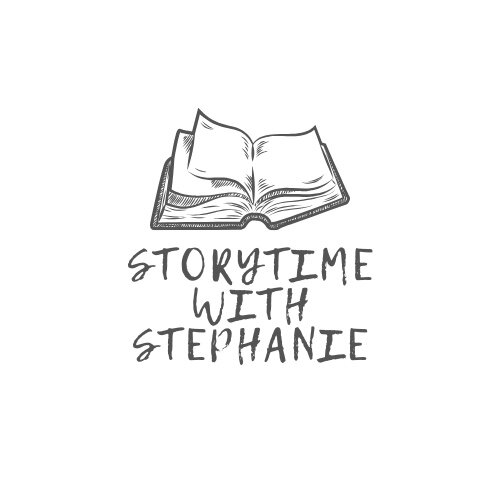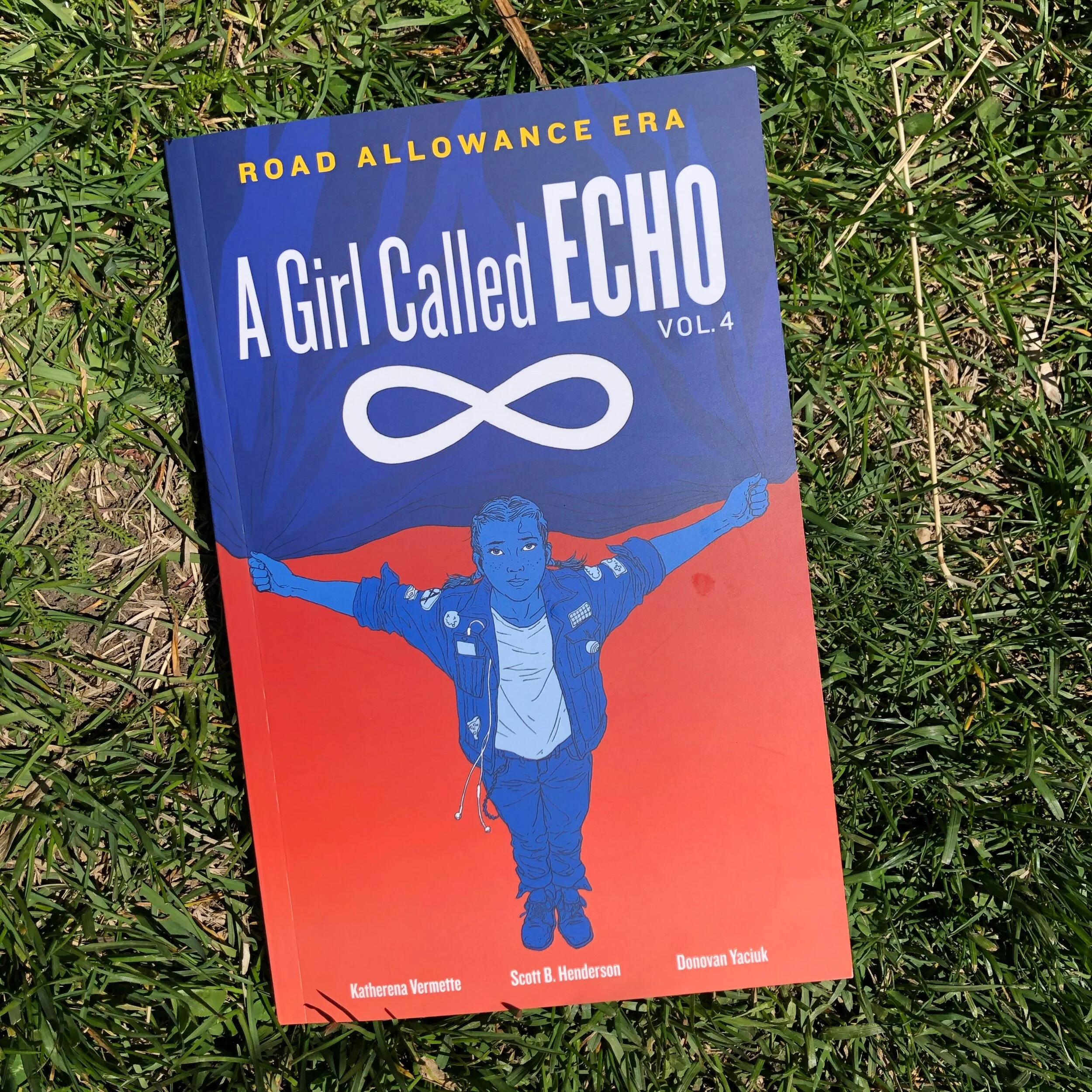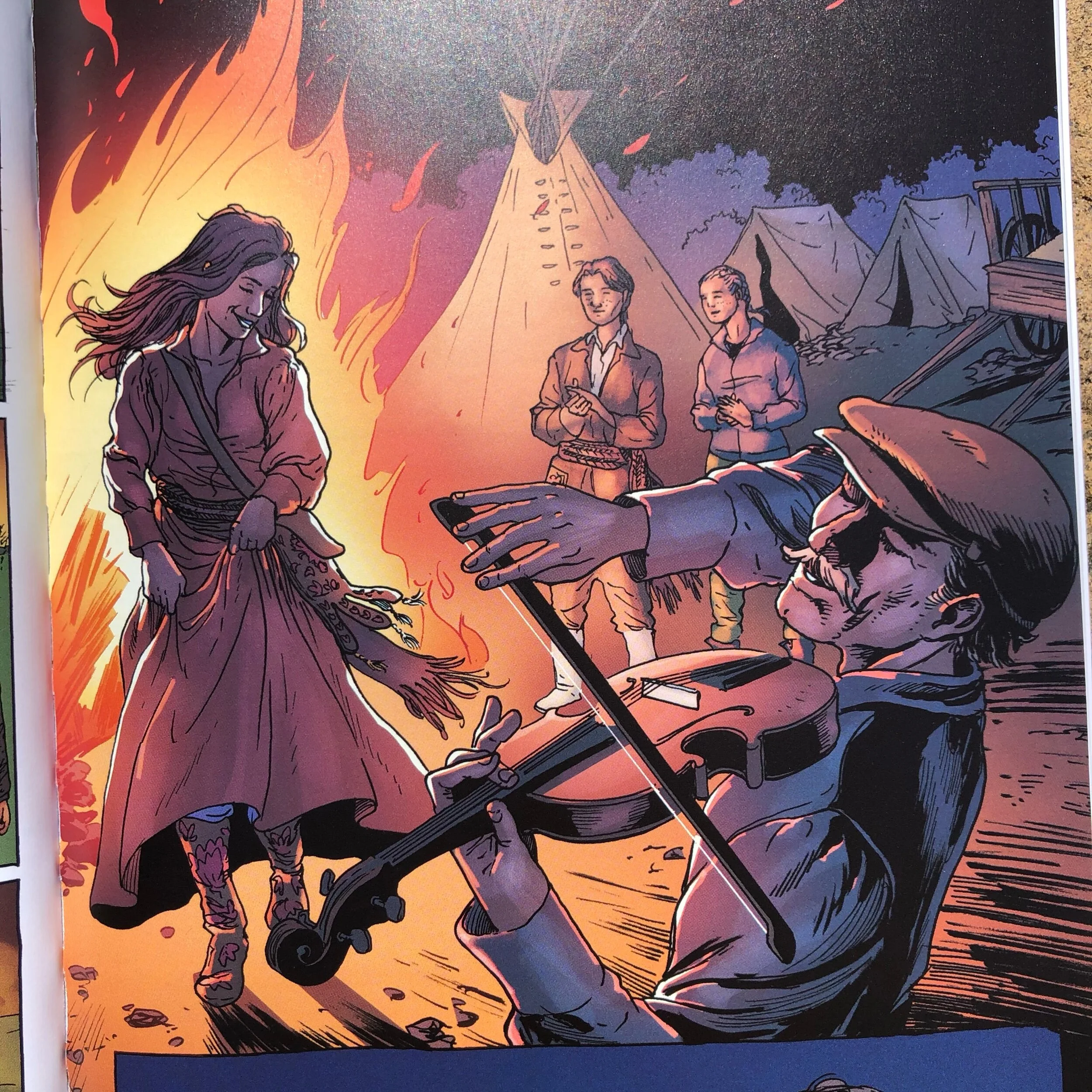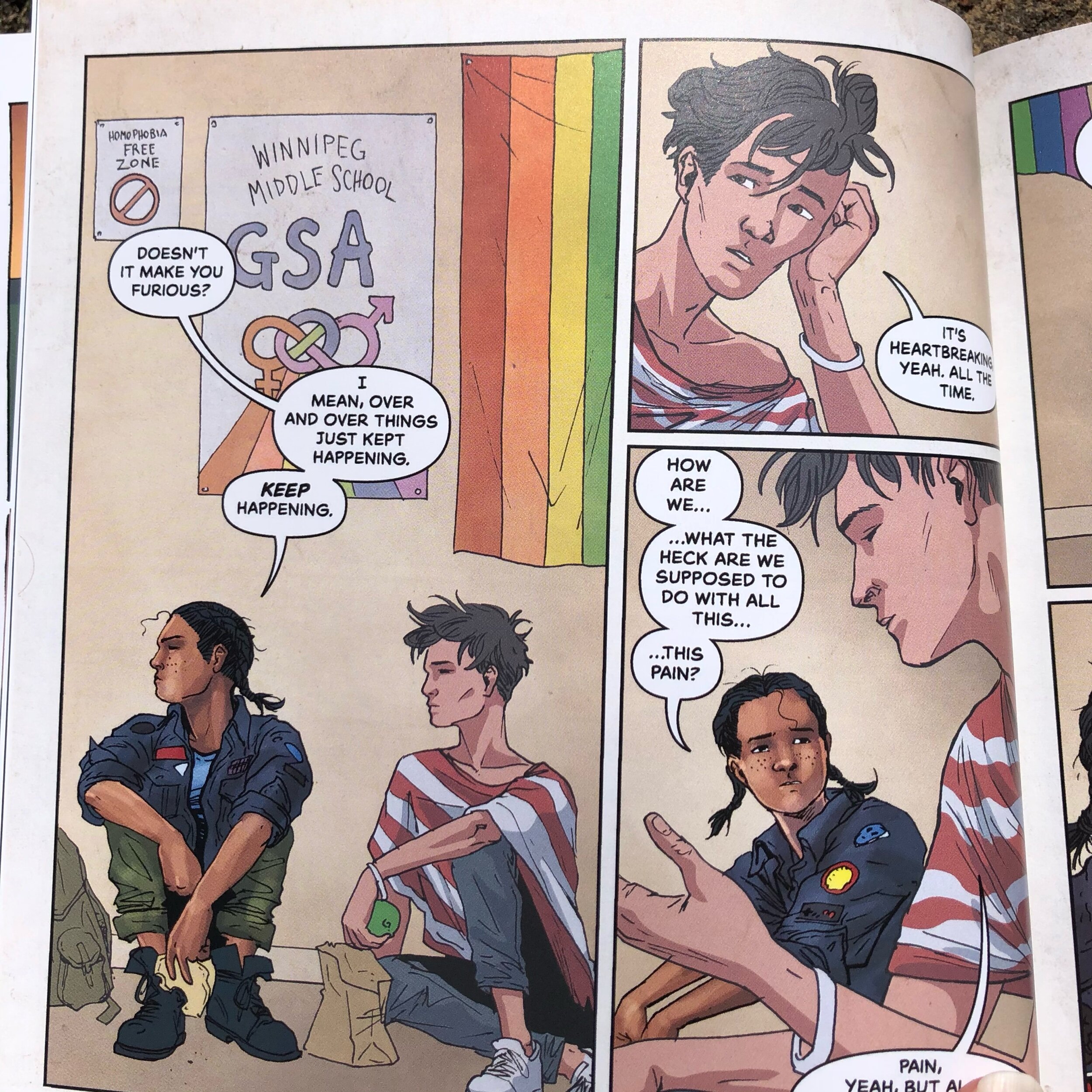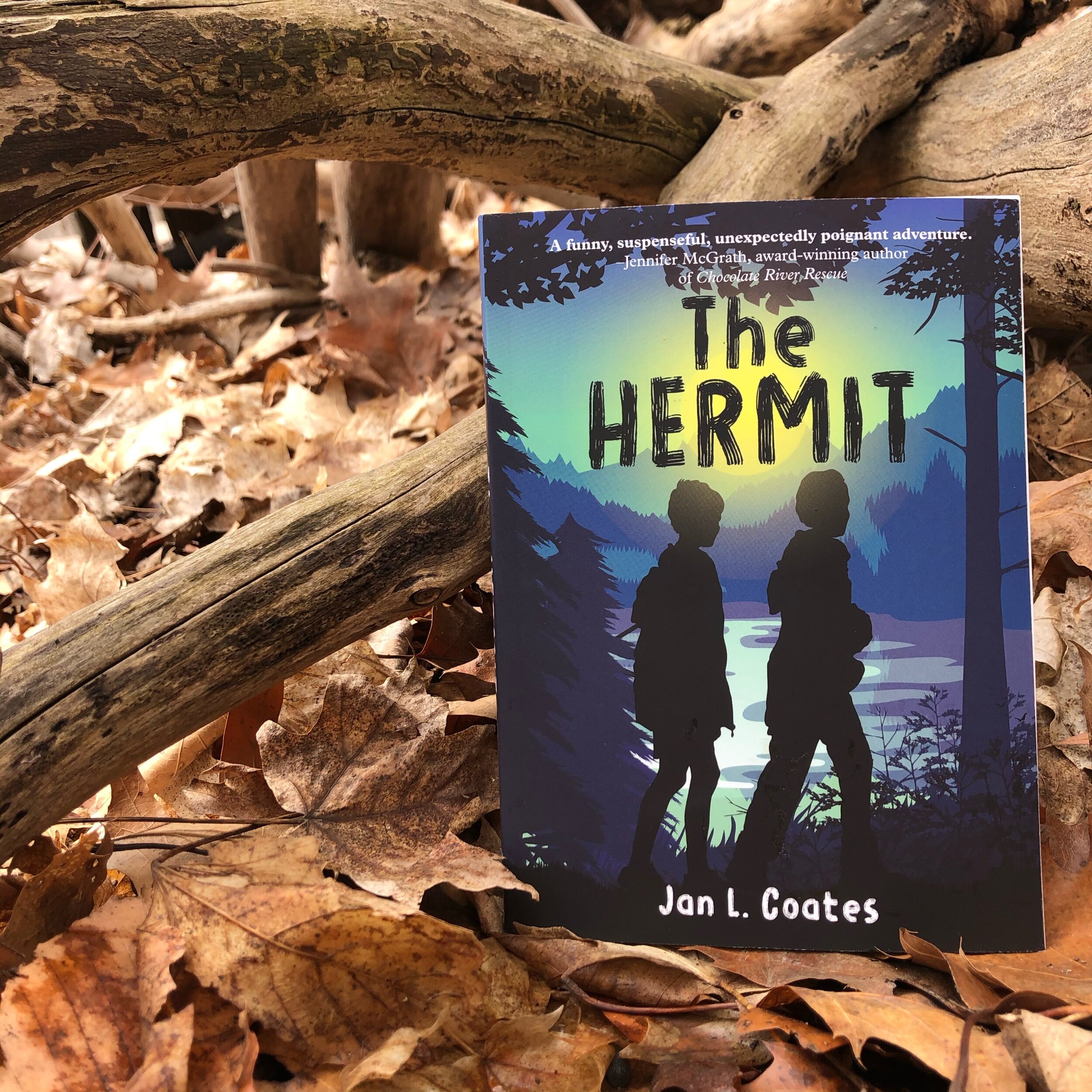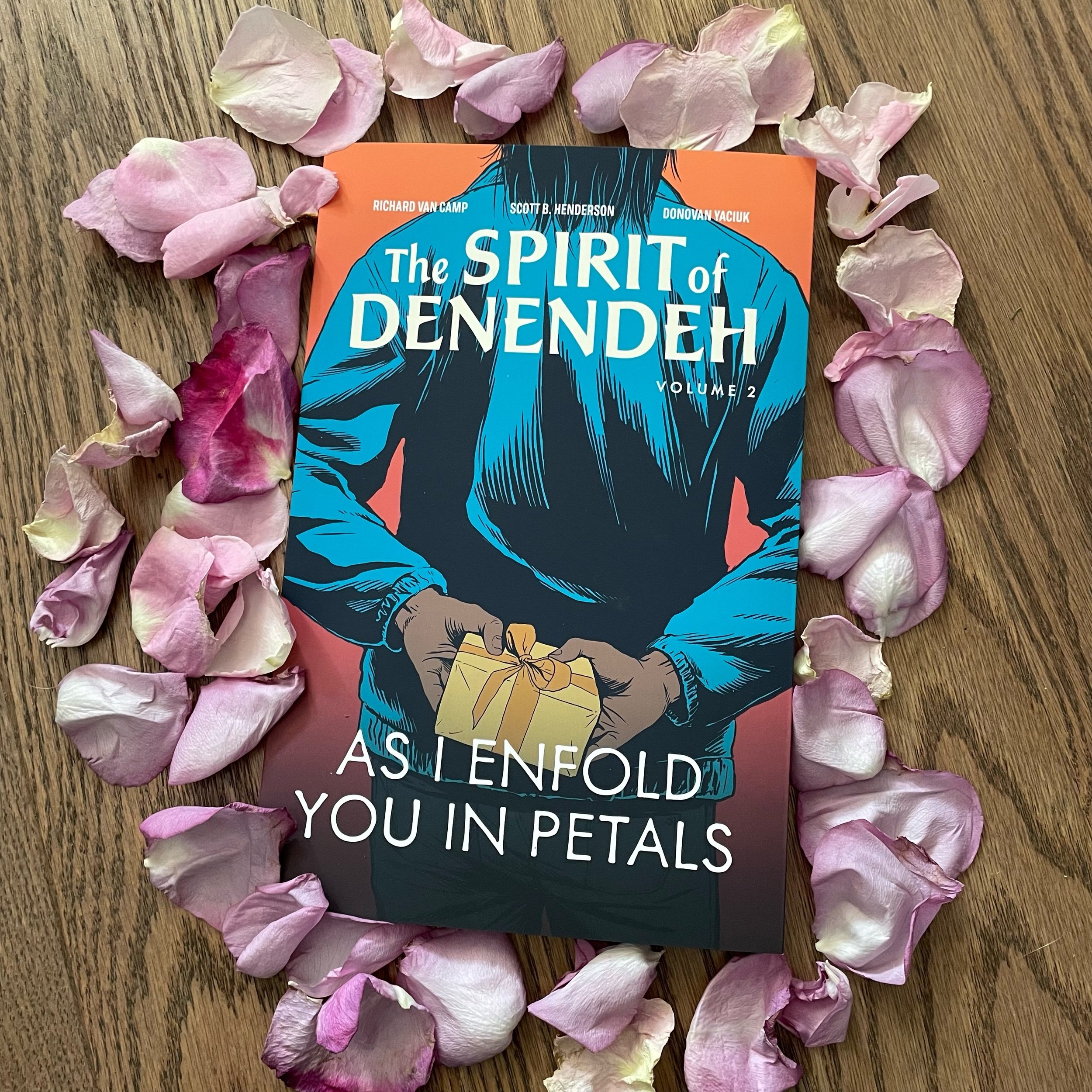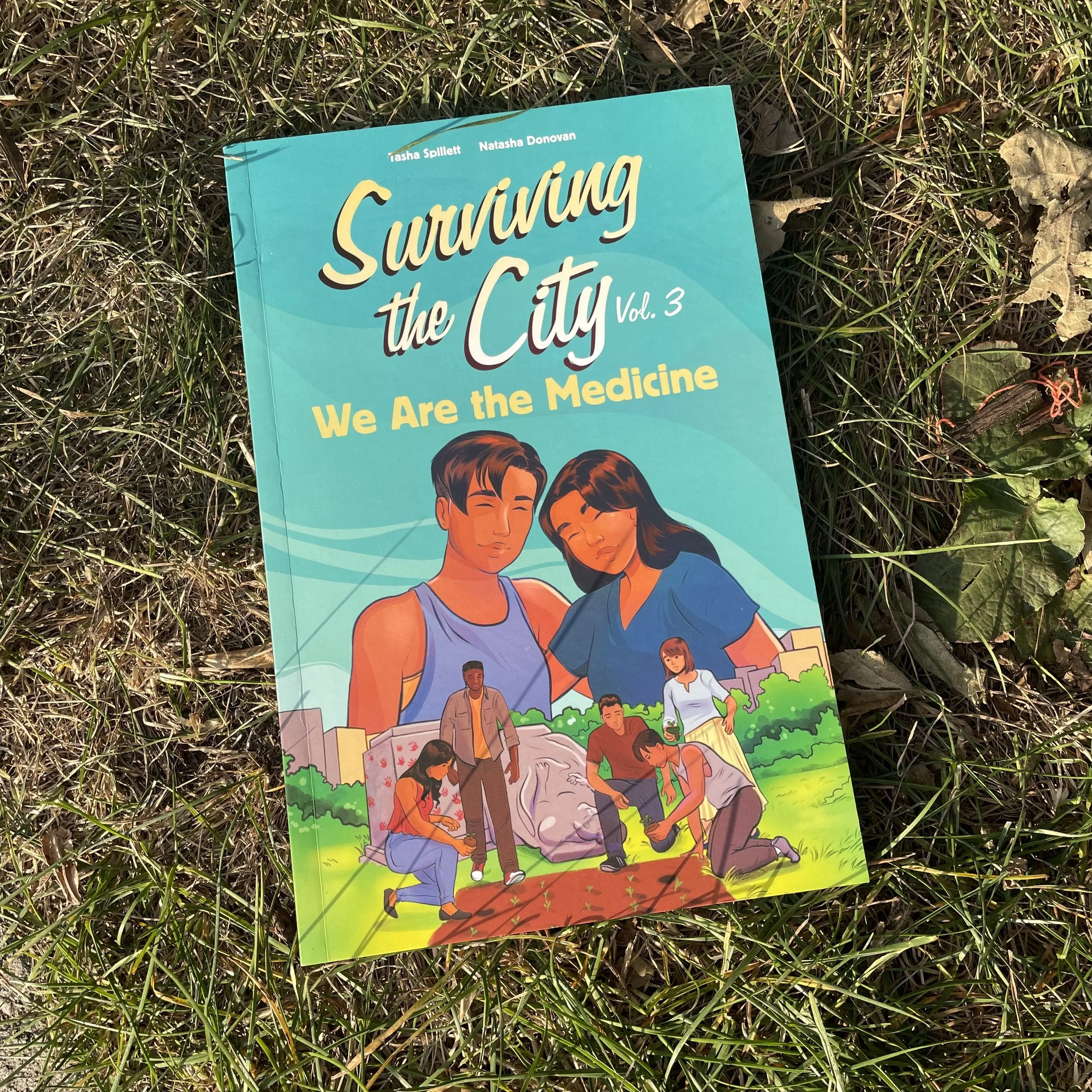Riveting and Eye Opening
In the fourth and final instalment of A Girl Called Echo series, Katherena Vermette, Scott B. Henderson and Donovan Yaciuk take us back to 1885 to the trial of Louis Riel and the aftermath of the verdict to the Métis people.
As Echo learns more about her ancestors, she struggles to come to terms with the constant destruction of the Métis by the government of Canada. The broken promises, the lack of treaty, the constant taking leave her questioning and hopeless. By going back and forth through time, Echo, with the help of her ancestors, discovers not only the struggle but the incredible strength of the Métis and how that strength lives in her.
When readers can learn history through the lens of those who have experienced the effects of the past, we can better understand the real life implications of the decisions of people who came before us. When we learn about the history of Canada through the words and experiences of Indigenous People, we can first and foremost, get an accurate picture of the problematic policies and how those policies continue to impact the future of all the people who now share this land. Also, when readers, especially young readers, are able to access this history by different means, like graphic novels, the history comes alive in a much more tangible way. Readers can understand the impacts through not only the words but also the illustrations, the facial expressions and the drawings of the land itself. This whole series gives young readers a more compete understanding of Métis history than any textbook I have come across.
Another thing that sets this book apart is the representation that Katherena Vermette, Scott Henderson and Donovan Yaciuk have included in this story. There are non-binary characters, characters of colour, LGBTQ2S+ and disabled characters. The richness of the diversity within the pages adds a layer to the history, let’s all readers know that they are a part of this history.
The Road Allowance Era gives readers an opportuanity to learn about the impacts of the conviction and subsequent hanging of Louis Riel and how Métis people are still constantly fighting for their treaty rights. The timeline at the end of the book, like in the whole series, takes readers to the present and the important victories and recognition of the Métis as an Indigenous nation who can negotiate with the government.
There is still such a long road ahead but through these stories, these histories, more and more people will learn of the resilience of the Métis Nation.

